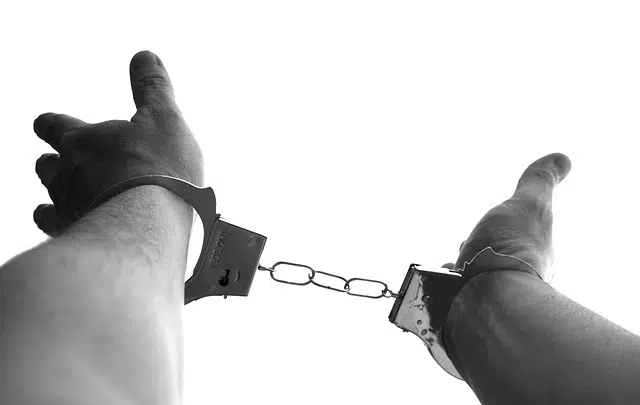
The colonial order leaves the inhabitants of the colonized territory in a position of submission .
The social organization that the conquerors impose on the conquered people is called colonial order . This order is established from cultural, political and economic ties of domination .
A colony is a territory dominated and administered by a foreign nation. This means that these are lands that are outside the country that made them their own. To retain control of the colony and exploit it, the power in question establishes a colonial order with social institutions of its convenience .
Establishment of the colonial order
For a colony to exist, an act of conquest must first be carried out: the power moves to a foreign region and establishes itself there, usually using force and subjugating the native inhabitants. Once this is done, the dominated society is reorganized according to the interests of the conqueror, who imposes a colonial order.
Violence , whether direct or symbolic, is one of the keys to the colonial order. Only through violent mechanisms can a majority be subjected to the rule of a minority.
The metropolis, in short, reorganizes the State , guides economic development and promotes cultural patterns for its own benefit. The result of these practices is the establishment of a colonial order.

Spain established a colonial order in a large territory of the American continent.
A system of domination
It can be stated that the colonial order is an intrinsic part of colonialism , as the system through which a foreign State exercises its dominion over a colony is known.
The need to obtain raw materials, the objective of settling in a strategic region due to its geographical location and the desire to impose beliefs that are considered superior are some of the reasons that lead a country to develop colonialism .
The colonial order imposed by Spain
The pyramid that arises as a result of the colonial order has several steps on which the different groups of people who are subjugated by the colonizers are located. If we focus on the case of Spain , it goes without saying that at the top of this hierarchical organization were the Spaniards, a group in which were the viceroys, the bishops, the authorities of the most important religious communities, the crown merchants. and some officials.
To maintain the colonial order, the Spanish organized themselves in such a way that the colonizers communicated with their land sporadically to send and receive information and make decisions that were in accordance with the wishes of the Kings. But as in any pyramid, you cannot go directly from the peak to the base; In this case, if they had turned the entire town against them, they would have been defeated in a few hours. For this reason, they chose to give a little power to each step, to generate in them the illusion of respect and consideration.
Below the Spaniards, therefore, were the criollos , a group in which were the landowners and encomendaderos, who could access the councils, enter the religious communities and even occupy a moderately visible place in the parishes .
The colonial order considered that mestizos, mulattos and zambos were less important than criollos, and that is why they were assigned to harder, more manual jobs, such as agriculture, carpentry and masonry, although they could also dedicate themselves to crafts. The Indians occupied the next step down, and this could be seen in greater physical wear and tear and fewer social and cultural privileges .
At the foot of the pyramid of the colonial order were the blacks , who had to submit to slavery and do the worst jobs of the time, without rights or privileges of any kind. Today we read this description and it terrifies us, but we should ask ourselves if this hierarchy has left no trace, not only in the rulers, but in ourselves, when dealing with our neighbors.
